MFAH

A Digital Museum Experience
The Museum of Fine Arts, Houston (MFAH) entrusted OWDT with a complete digital transformation — a task as ambitious and layered as the museum’s own collection, spanning over 5,000 years of human creativity.
This project was not simply a redesign. It was a re-engineering of digital architecture, a harmonization of aesthetics and performance, and a deep collaboration between design, engineering, and cultural leadership.
Hundreds of work hours were invested into research, prototyping, design systems, and complex integrations. Every detail — from typography to image aspect ratio, from ADA compliance to content governance — was scrutinized, tested, and refined.
Services Utilized
digital strategy & consultation
ux research & information architecture
typography & spatial design
color & accessibility auditing
architecture development
multi-system integration
api development & optimization
Client Goals
elevate digital curatorial presence
preserve artwork fidelity across formats
maintain visual and brand consistency
reflect the museum’s architectural integrity
prioritize art-focused user experience
create harmony between art and interface
celebrate photography, space, and proportion
establish balanced rhythm and hierarchy
ensure full ada compliance
unify multi-system integrations seamlessly
empower internal content management
enhance performance and accessibility
strengthen scalability
future-proof for evolving technologies

Design System & Visual Language
At the heart of the MFAH redesign is a modular design system that balances authority with openness — a reflection of the museum’s architectural duality: monumental yet inviting.
The type system employs a strong editorial pairing — a modern serif for headings, echoing printed scholarship and exhibition catalogs, and a geometric sans-serif for navigation and UI, embodying clarity and accessibility. Typography scales dynamically across viewports, maintaining rhythm and hierarchy while ensuring WCAG AA compliance for contrast and readability.
Whitespace was treated as a curatorial element, not an absence. Each block of content breathes, guiding visitors with effortless clarity through exhibitions, events, and learning opportunities. Image aspect ratios were standardized across modules — ensuring visual consistency while accommodating the diversity of artwork formats.
Color, Light, & Space
The color palette draws inspiration from the architectural interplay of light within MFAH’s galleries — soft neutrals punctuated by deep blacks and subtle highlights.
Neutral backgrounds allow the art to dominate, while the interface remains invisible yet distinct. Micro-interactions — hover states, transitions, and scroll reveals — are subdued and cinematic, evoking the quiet anticipation of walking through a gallery.
Every color, every shadow, every gradient was calibrated through dozens of iterations and accessibility audits. The system honors both aesthetic refinement and digital precision.
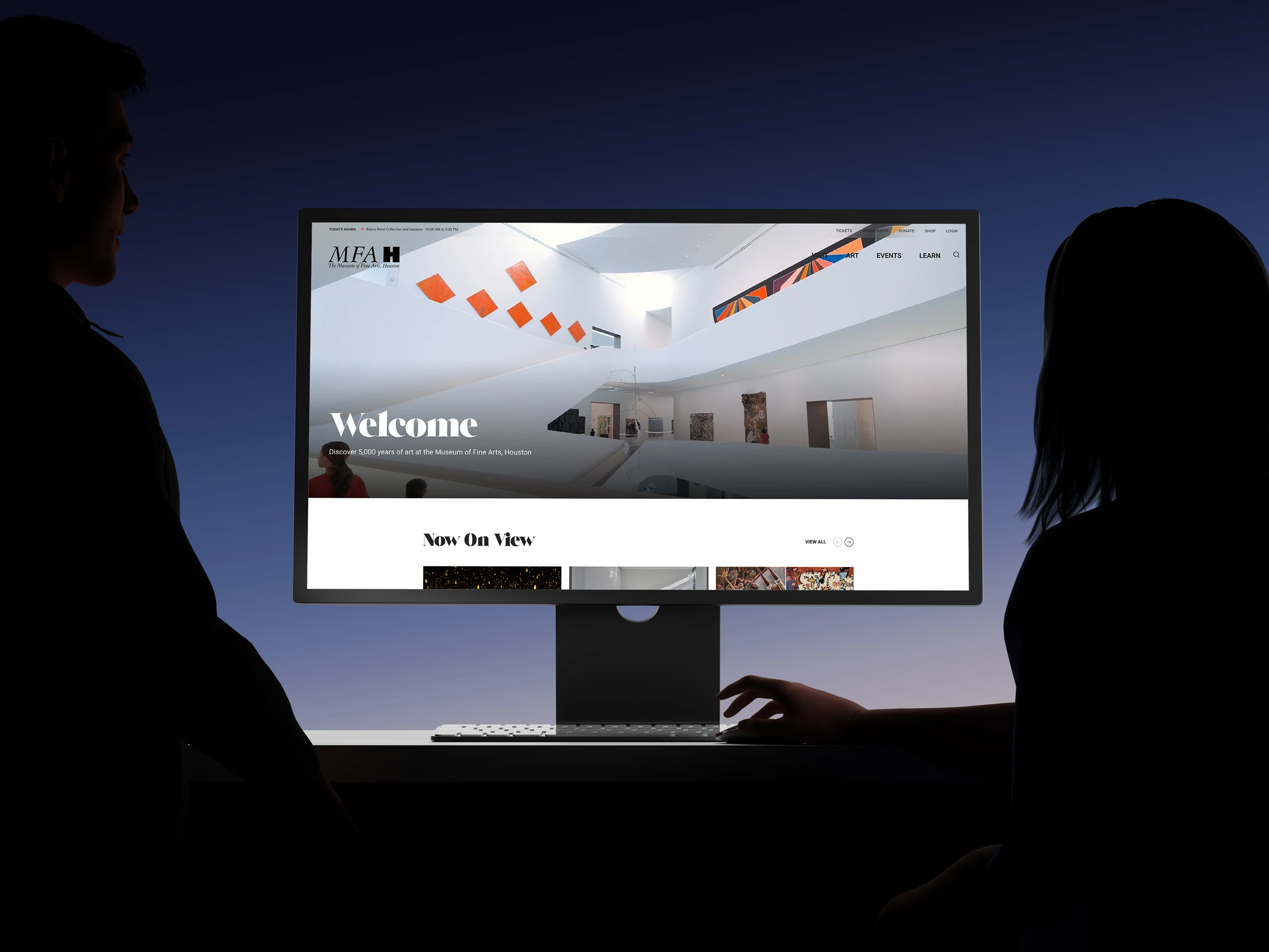
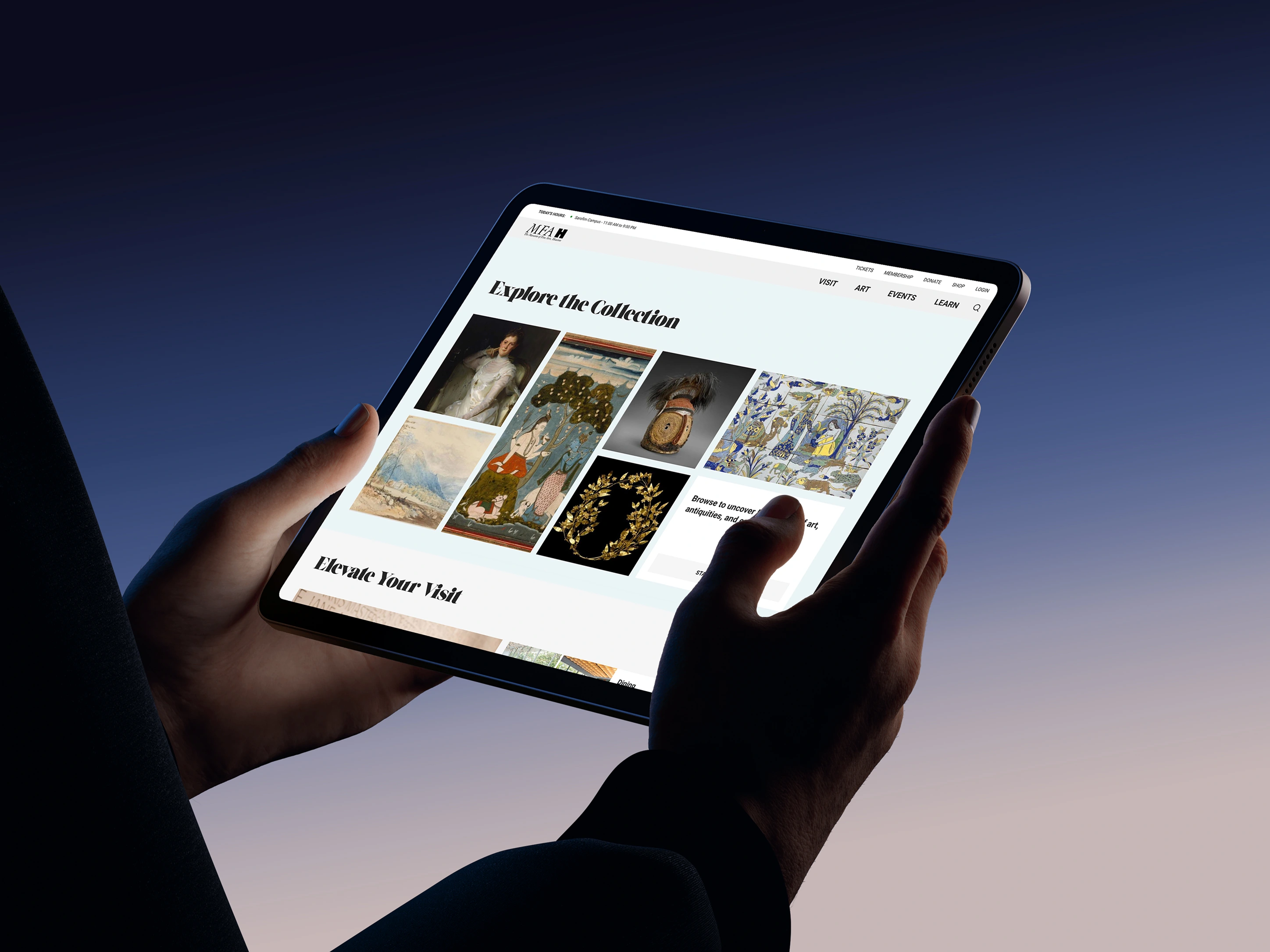
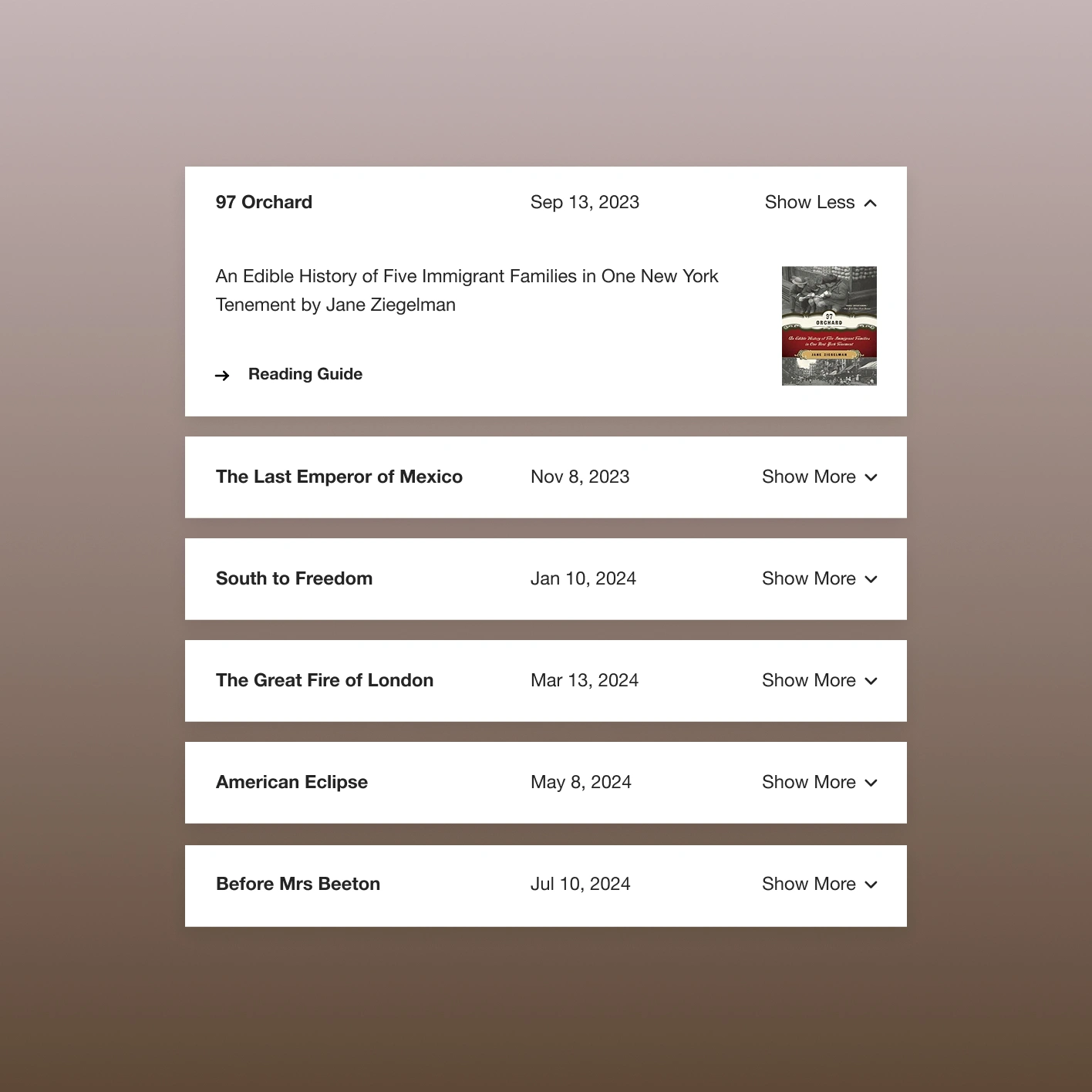
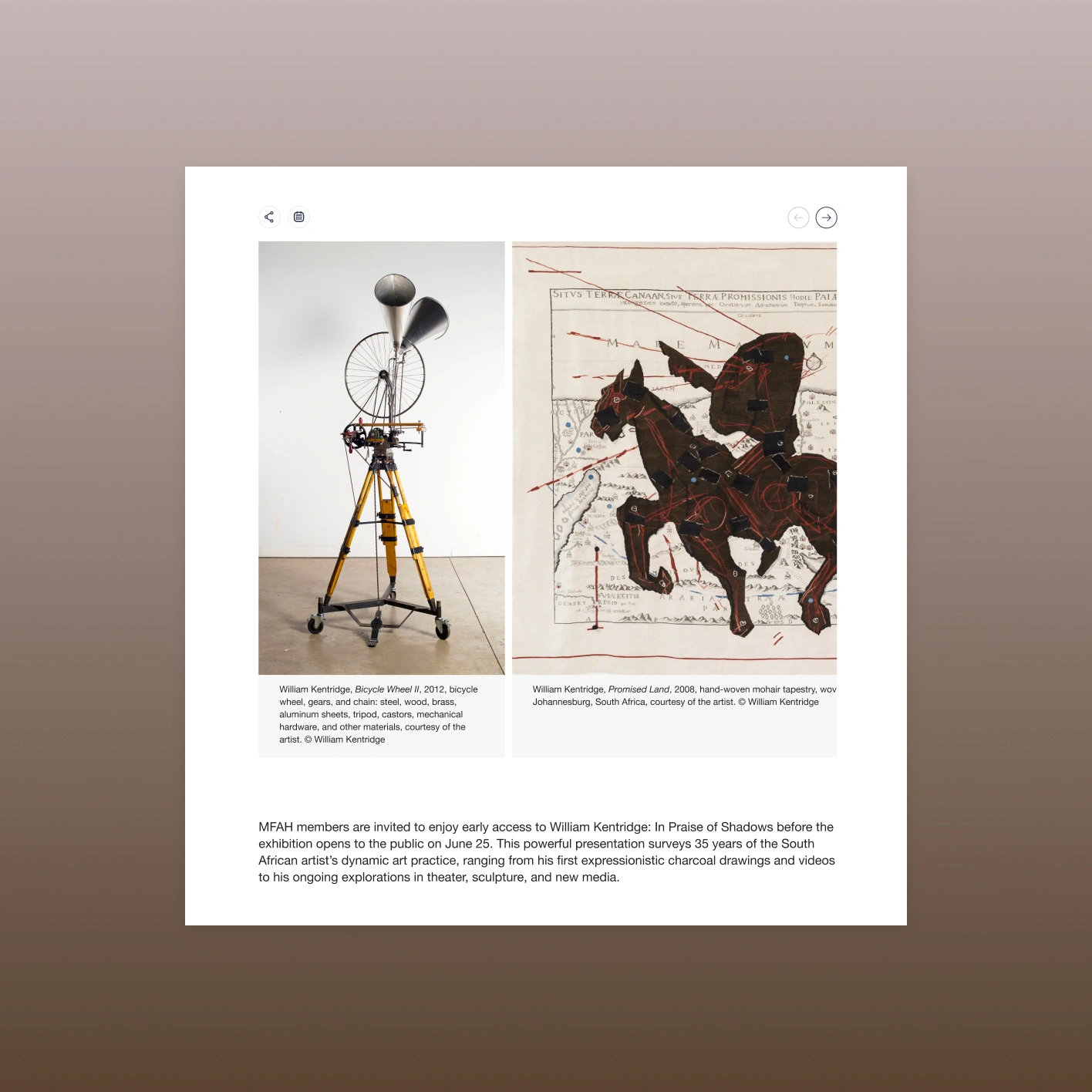
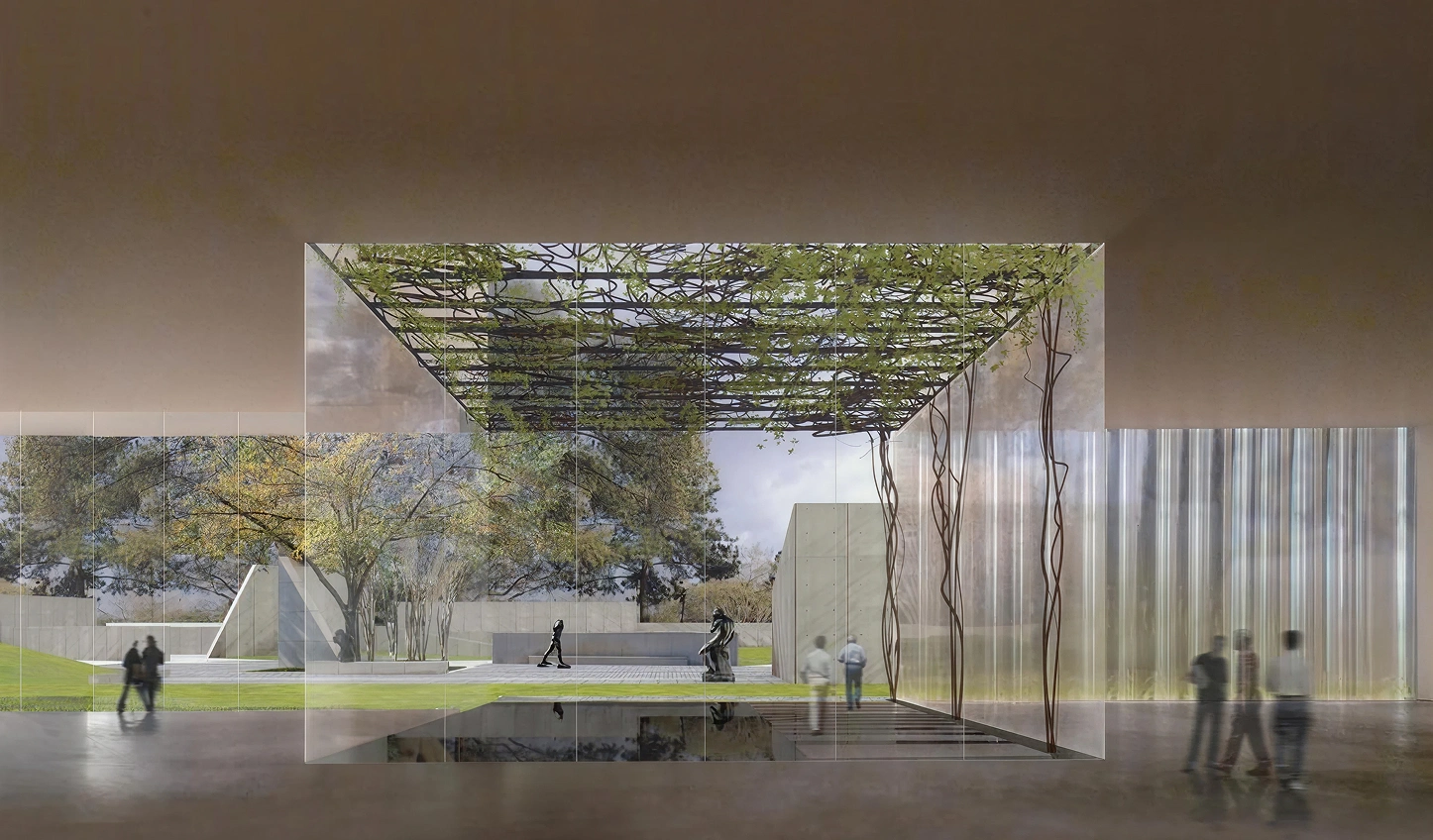
Complexity in Integration
Beneath the elegant interface lies an extraordinarily complex digital infrastructure. The new MFAH.org is a multi-layered platform — a seamless fusion of systems, technologies, and creative discipline.
At its core is a custom CMS, architected for scalability and curatorial flexibility. The foundation integrates with Tessitura, where OWDT undertook one of the most intricate challenges of the project — reconciling multiple versions of Bootstrap. The main site employed a newer version, while Tessitura operated on an earlier one. To unify both environments, our team extensively modified Bootstrap itself — building custom layers to achieve pixel-level precision and full parity across systems, despite the framework’s inherent limitations.
Integration extended beyond the main site. eMuseum and LTA — two standalone external websites — were reengineered to visually and functionally synchronize with MFAH.org. We created .NET templates, custom CSS, and bespoke JavaScript modules, crafting an experience so seamless that users perceive a single continuous ecosystem. All of this was achieved while adhering to strict institutional guidelines prohibiting the use of JavaScript in key environments — a constraint that demanded novel engineering solutions and deep creative problem-solving.
The platform is powered by a Blazor architecture — a technology rarely, if ever, used for large-scale, design-driven public websites. Traditionally reserved for internal company portals, Blazor presented immense structural limitations.
OWDT pushed it beyond its intended boundaries, transforming it into a vehicle for high art and interactivity. To our knowledge, this implementation may be the first of its kind globally — a demonstration of engineering ingenuity and design adaptability working in absolute harmony.
The project also required extensive environmental configuration: a hybrid system involving MongoDB, .NET, Docker, and Linux distributions running on Windows. The compiled project exceeded 10GB, necessitating powerful developer machines with upgraded CPUs and RAM just to operate efficiently. This was not a conventional build — it was a high-performance engineering feat.
To support the ambitious design, OWDT modified existing APIs and built new endpoints to supply the precise data the interface demanded. Every connection, every data exchange, every layer of interactivity was carefully orchestrated between design, content, and code — a ballet of integration spanning teams, technologies, and compliance frameworks.
The build demanded hundreds of human hours across backend engineering, front-end customization, content migration, API orchestration, and rigorous ADA and security compliance testing.
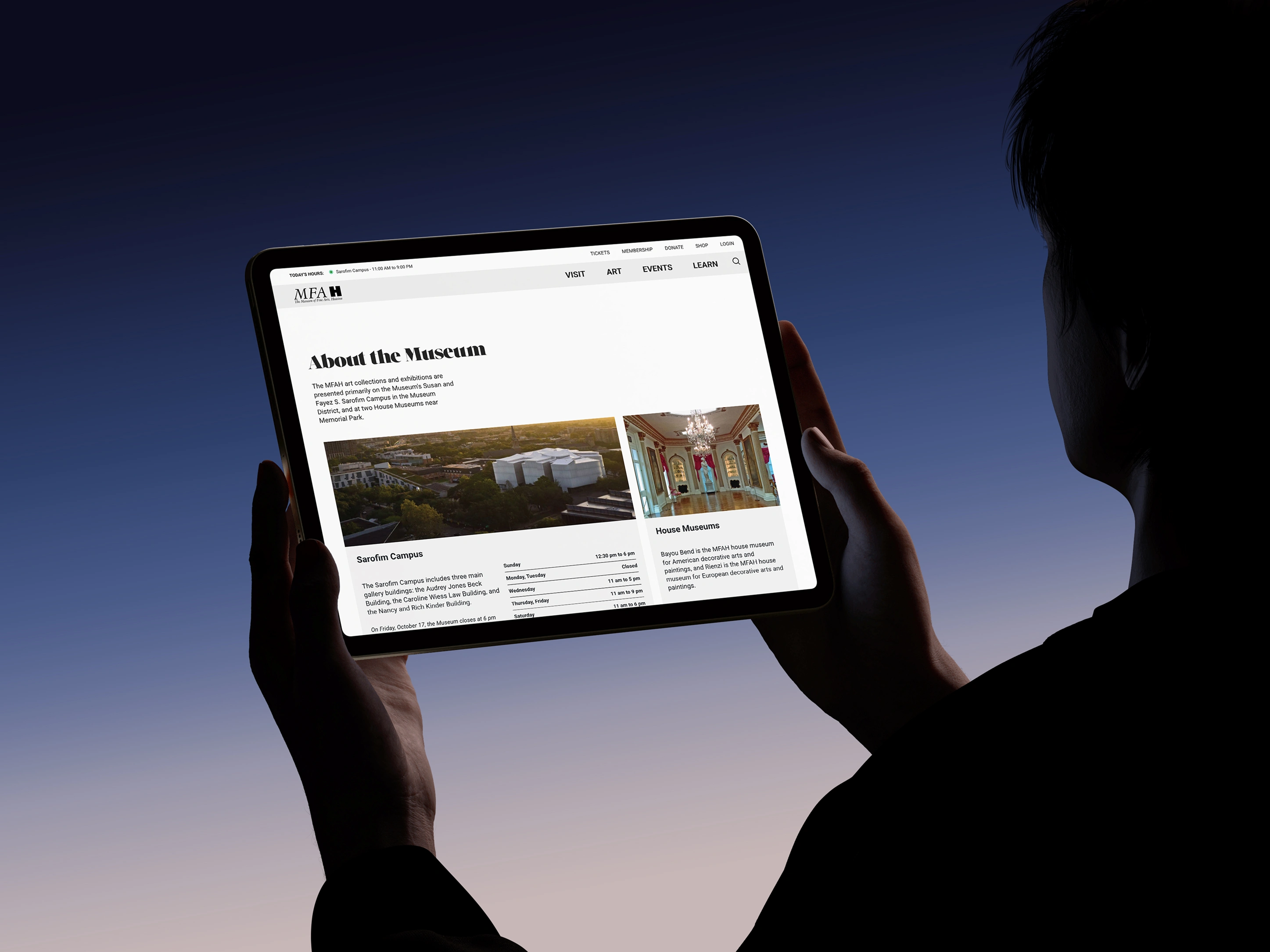
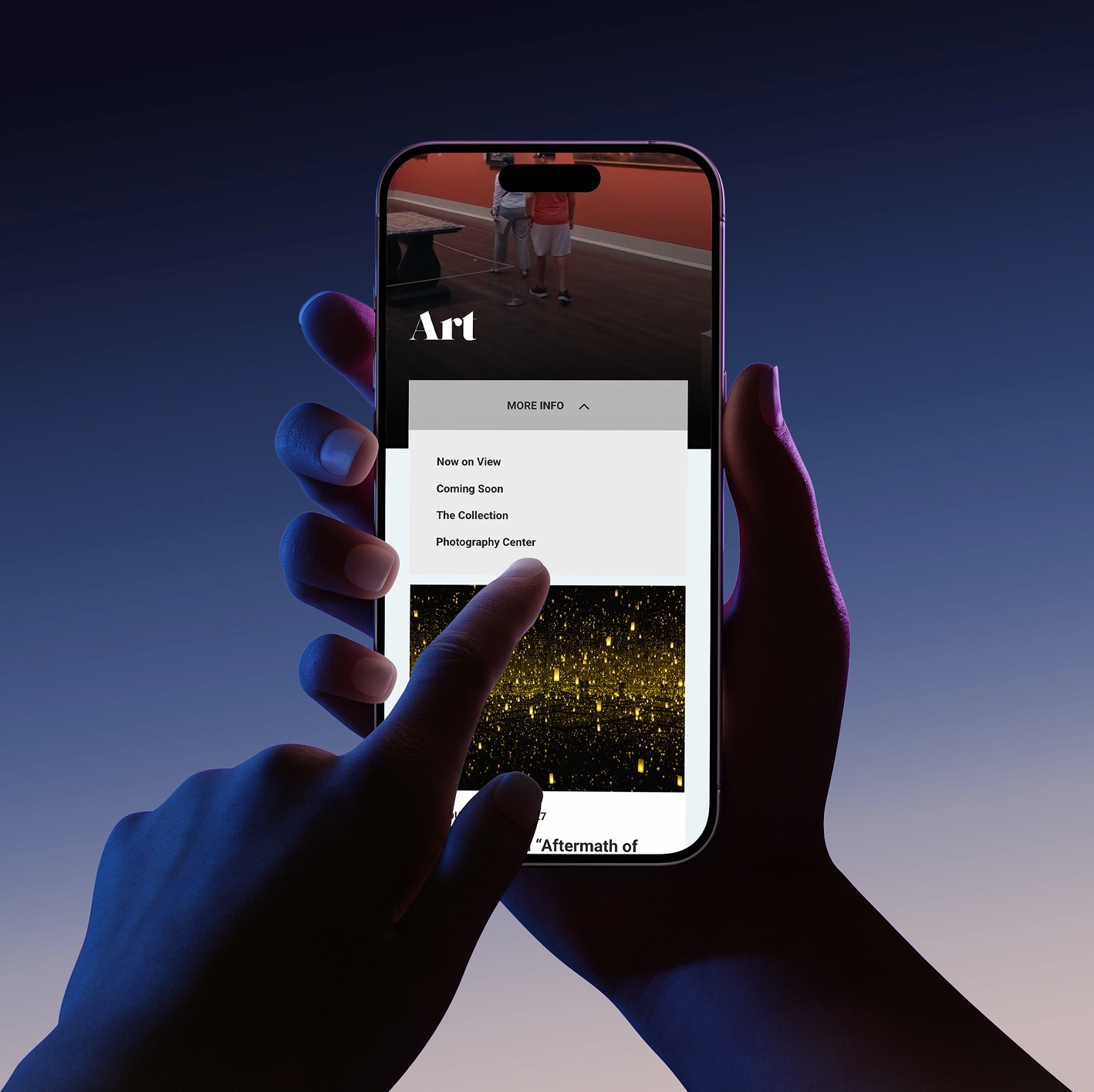
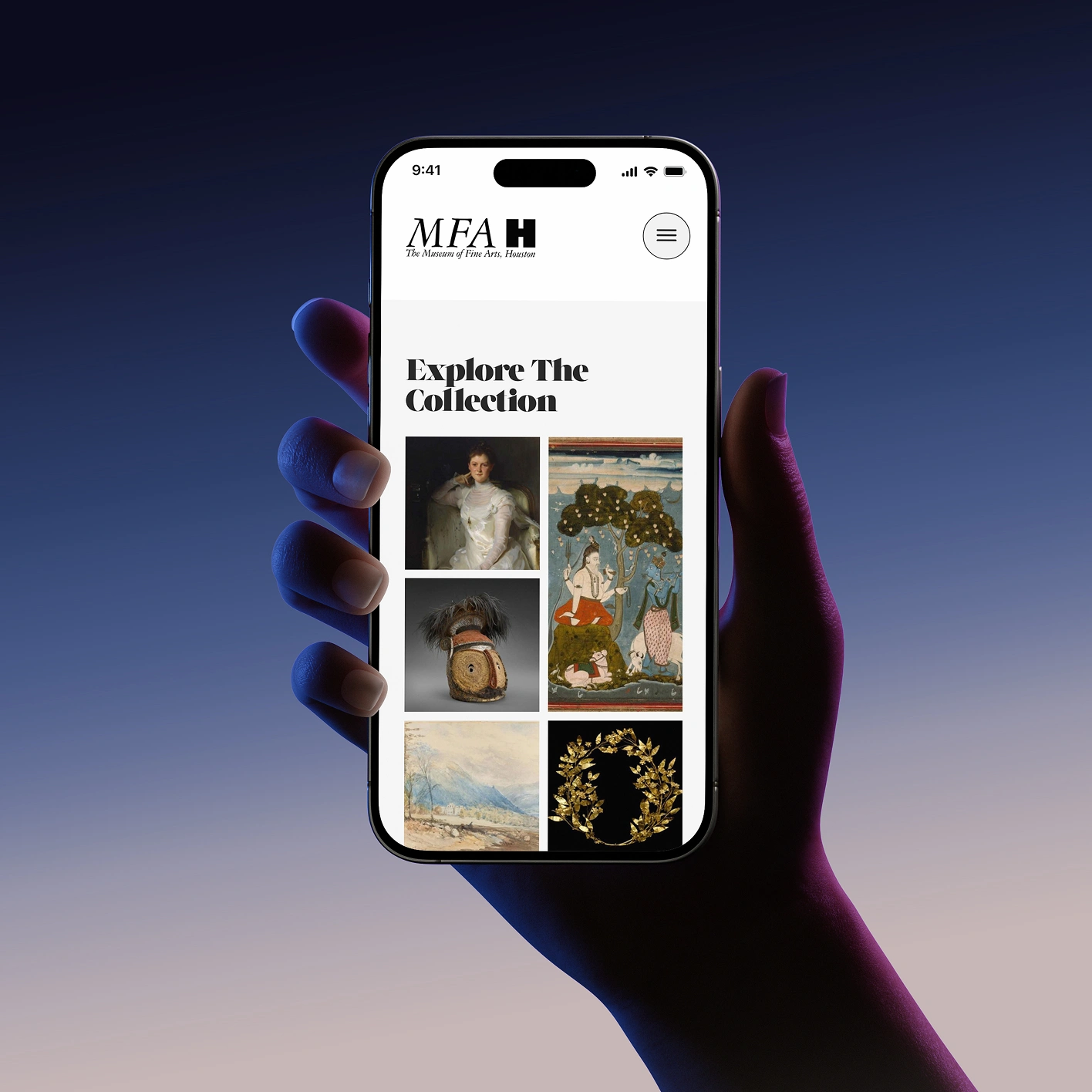
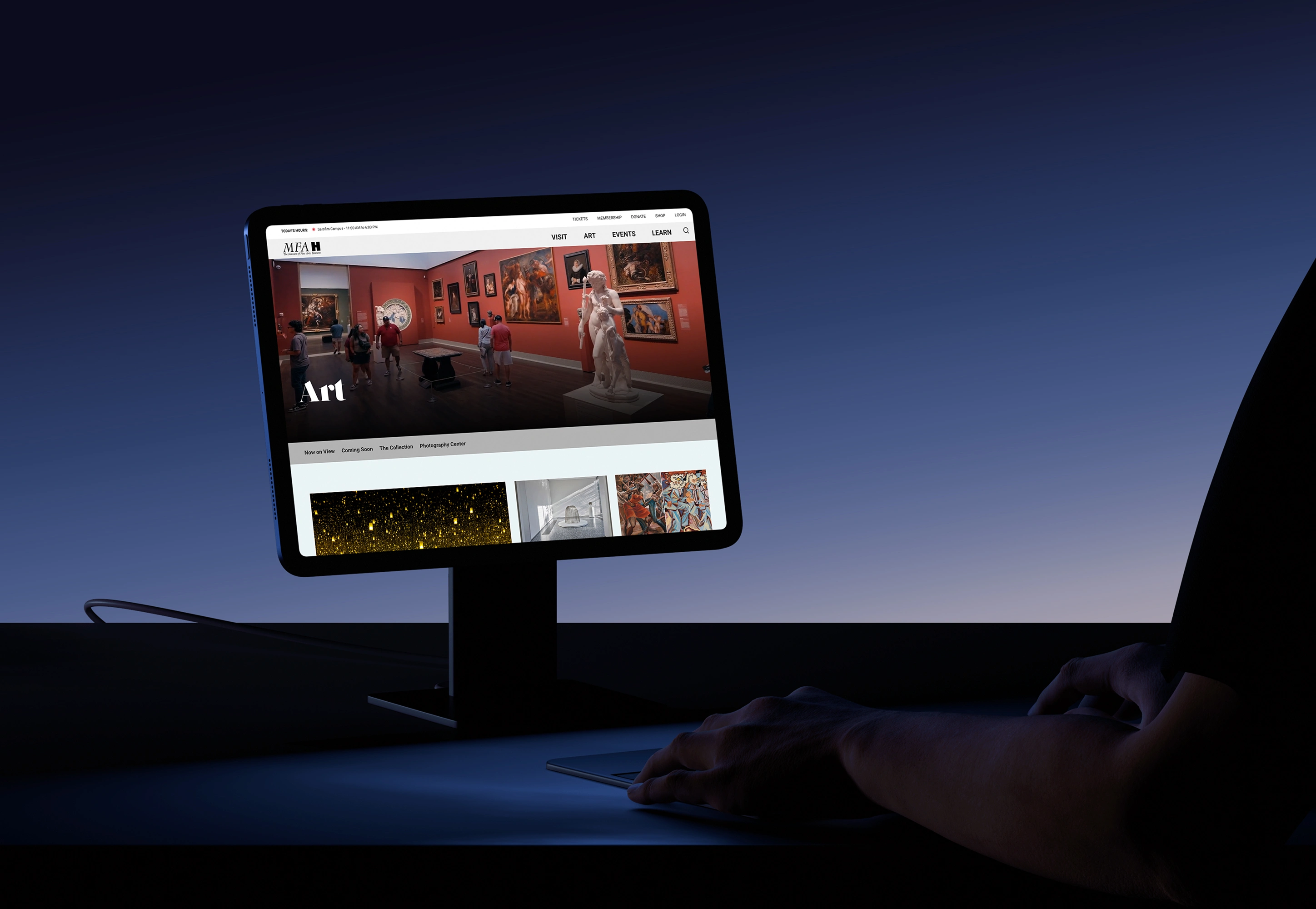
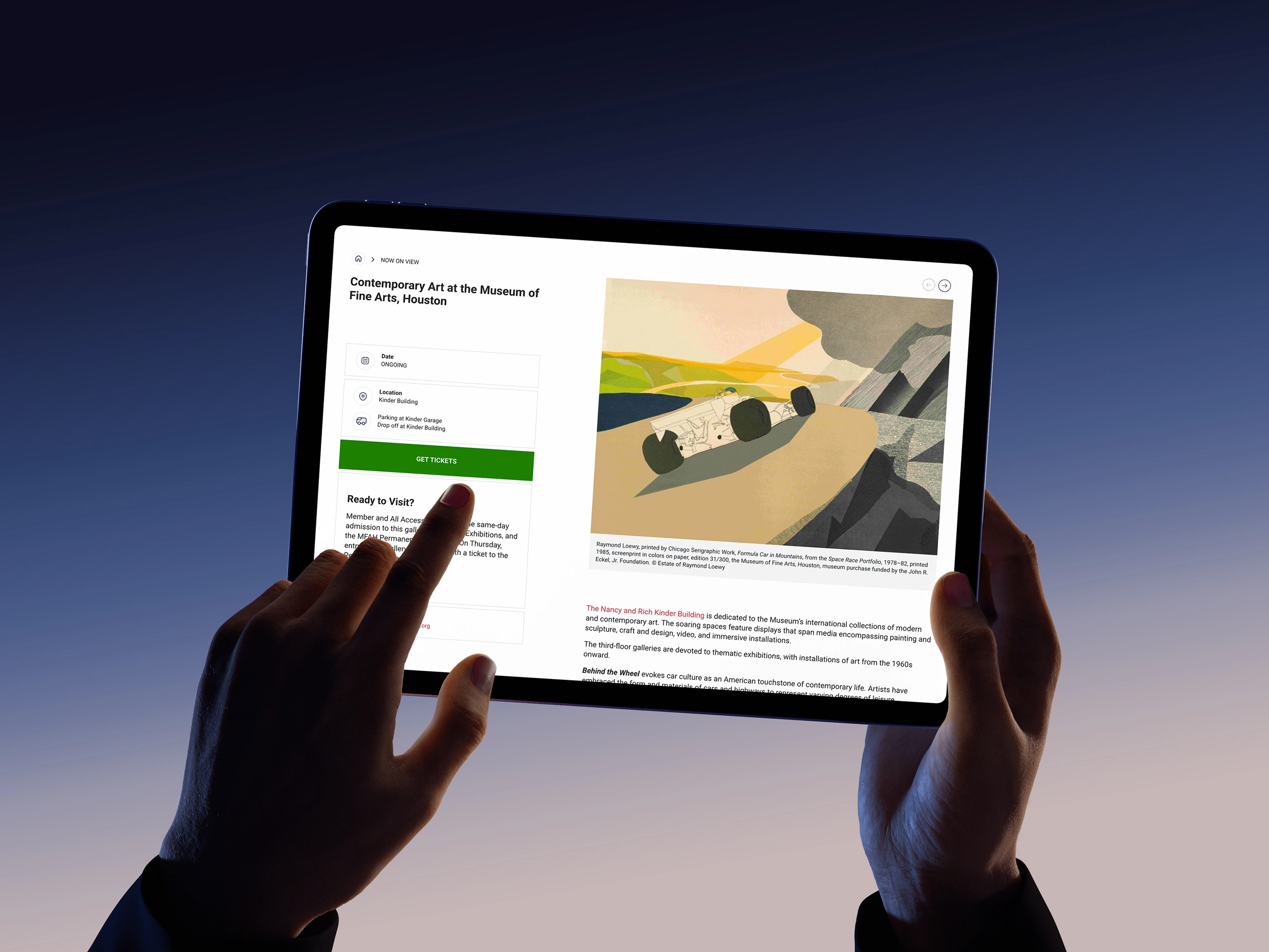
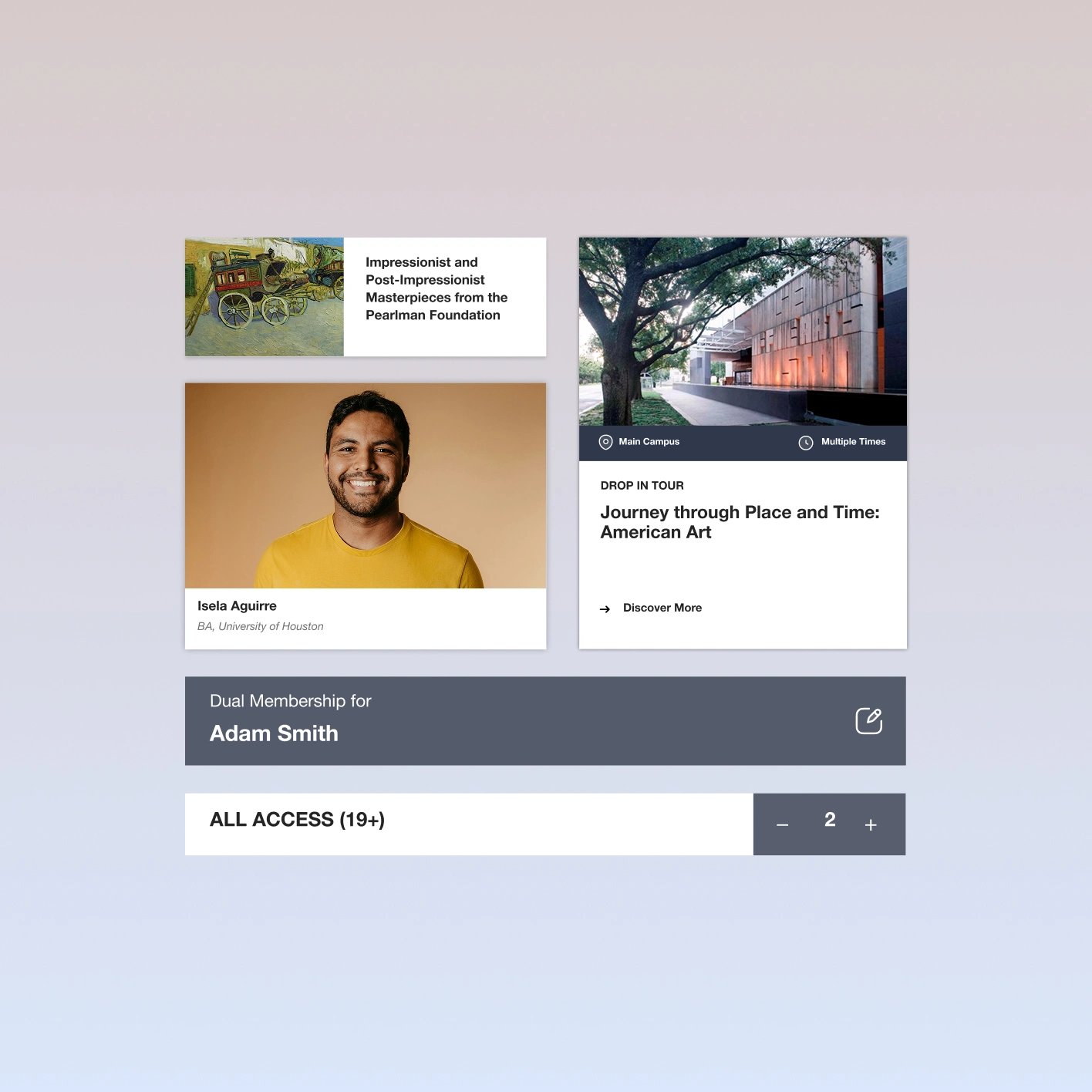
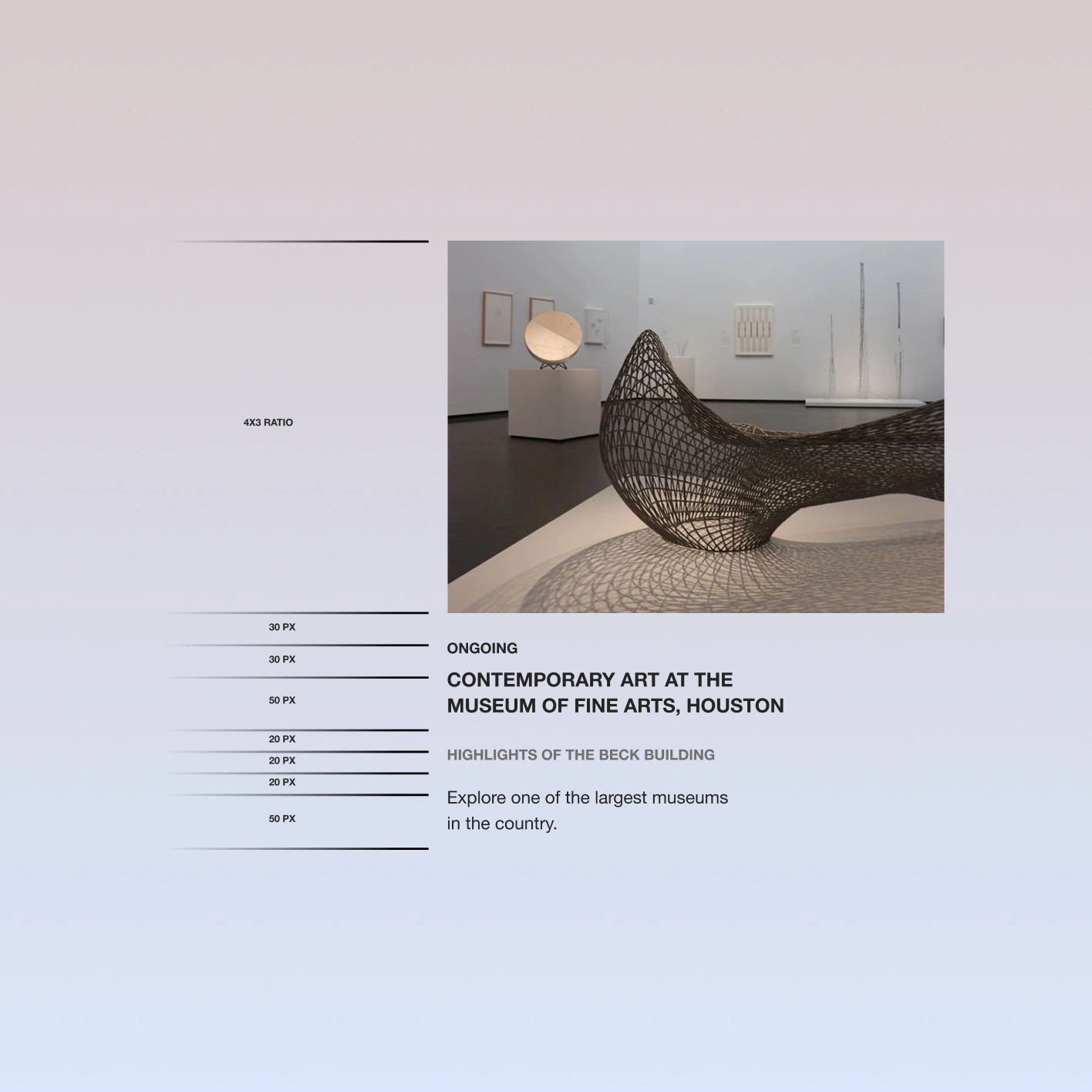
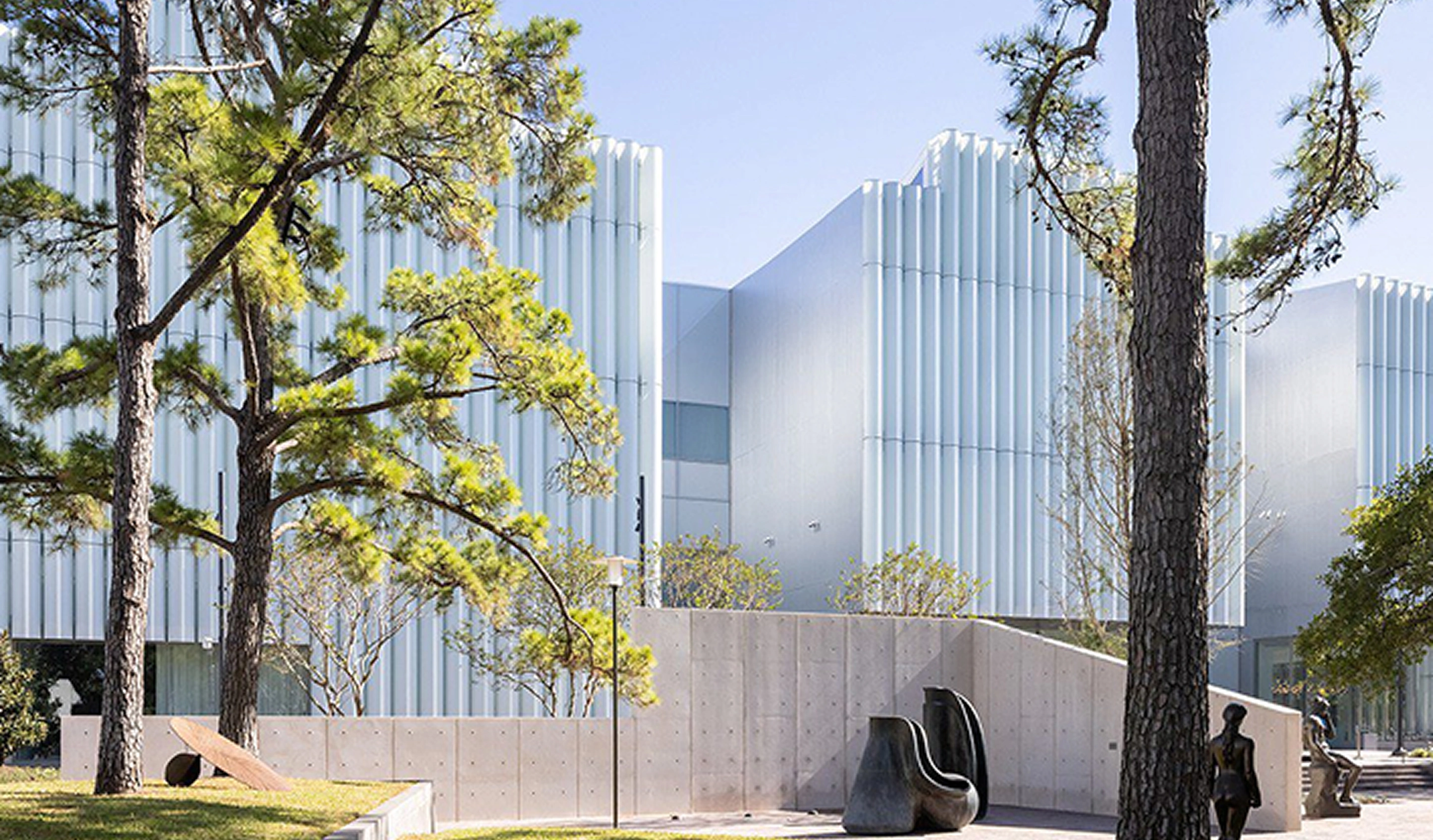


Human-Centered Engineering
Every design decision was informed by extensive usability testing — from first-time visitors planning a trip to members renewing their subscriptions.
The site’s architecture was rebuilt around narrative-driven pathways, ensuring that art, events, learning, and community are accessible through fluid journeys rather than static pages.
Adaptive layouts adjust seamlessly across devices, powered by a highly optimized front-end framework that prioritizes speed, accessibility, and SEO performance.
The Outcome
The new MFAH website is a living museum online — a seamless digital experience where art, architecture, and audience meet.
It honors Houston’s cultural landmark while positioning MFAH as a global digital destination.
This project stands as one of OWDT’s most complex undertakings — an orchestration of design intelligence, technical innovation, and institutional trust.
A union of form and function, built to last.
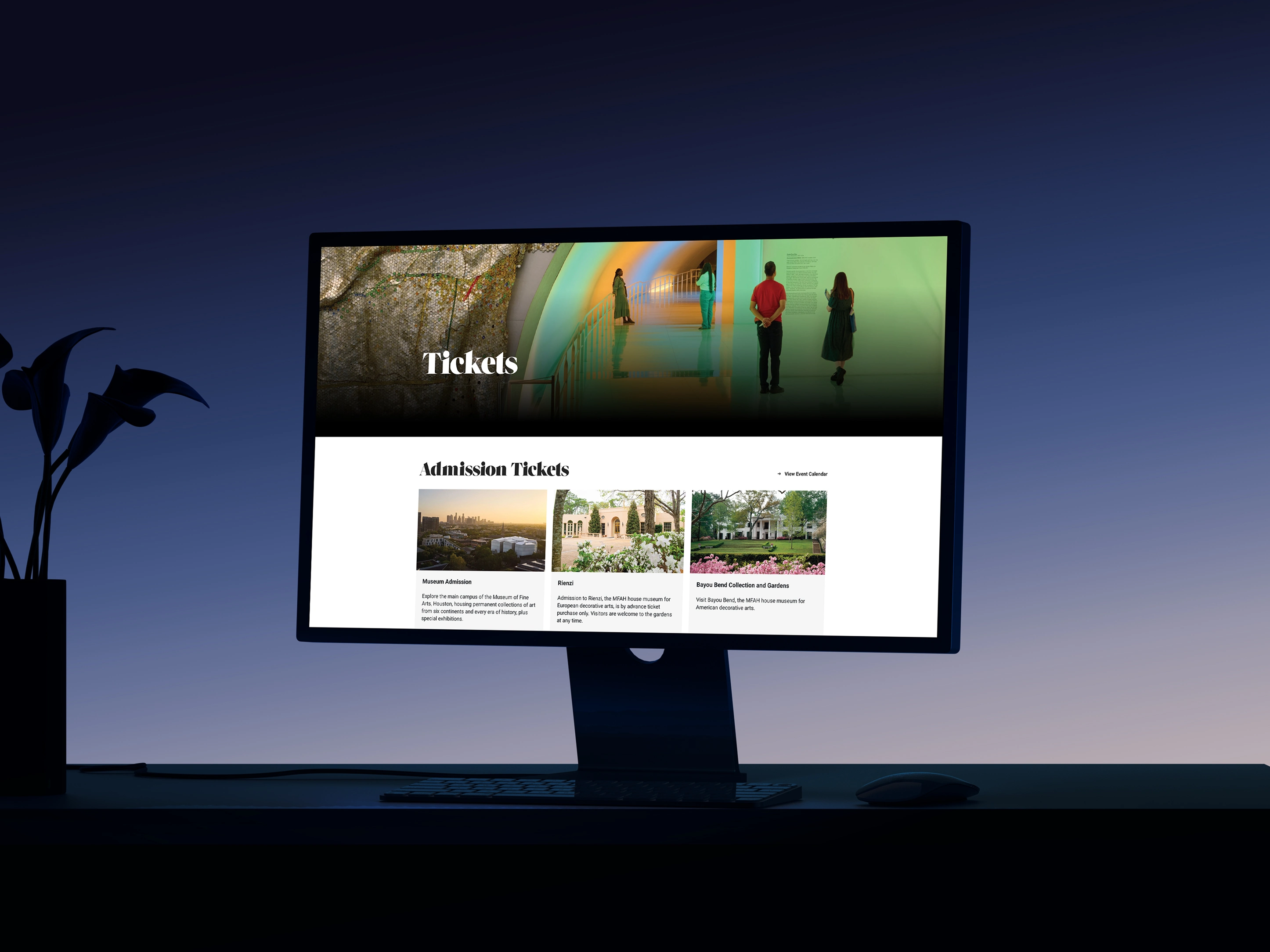
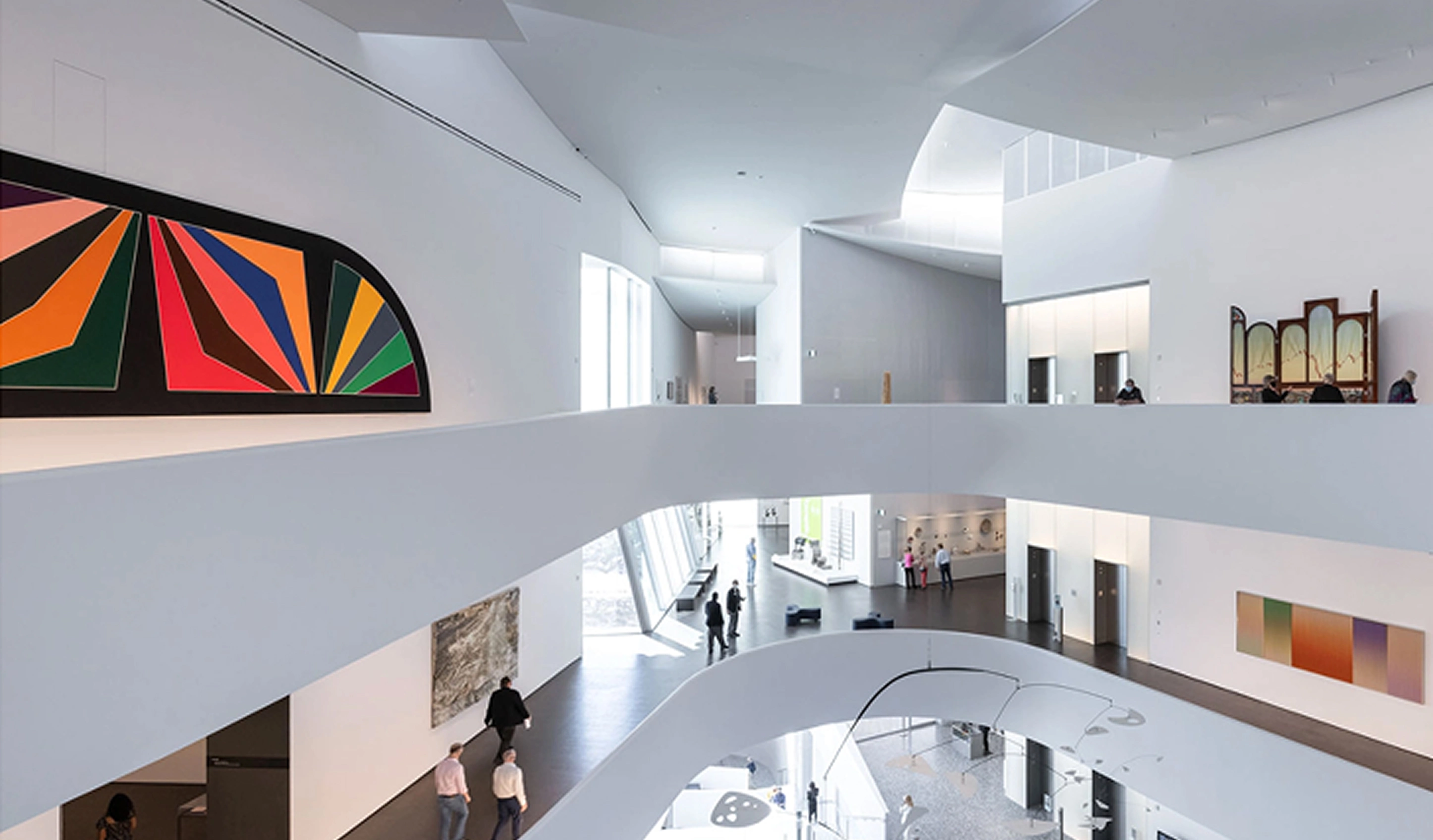
Explore More from OWDT
Each project we undertake is a study in precision — where design, technology, and storytelling converge. Discover more of our work and see how we help institutions, brands, and innovators shape digital experiences that endure.













